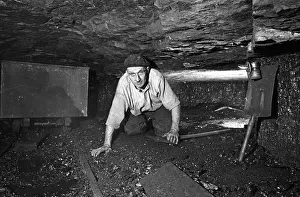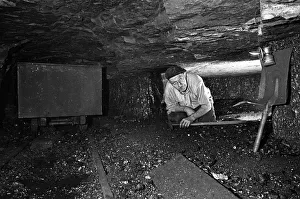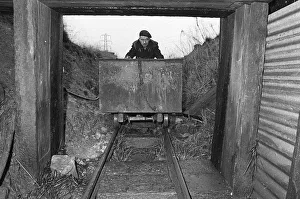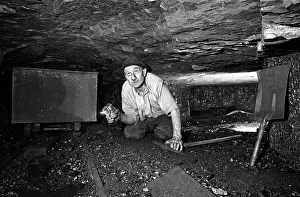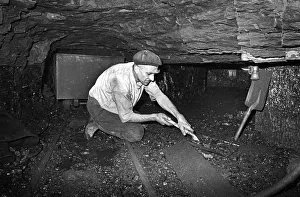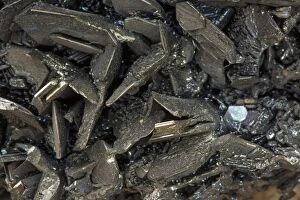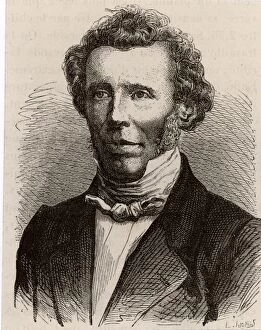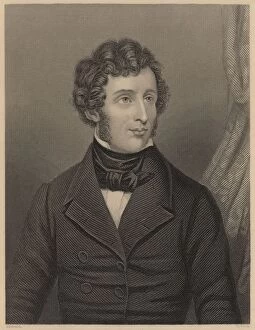Carbide Collection
Carbide, a versatile compound with various applications and historical significance, has left its mark in different parts of the world
All Professionally Made to Order for Quick Shipping
Carbide, a versatile compound with various applications and historical significance, has left its mark in different parts of the world. In Cheshire, England, Alfred Gee was known as the one-man coal mine who tirelessly extracted this valuable resource. His dedication and hard work made him an iconic figure in the region. Meanwhile, across the Atlantic Ocean in Chicago, Illinois, stands the magnificent Carbide and Carbon Building on Michigan Avenue. This architectural marvel serves as a testament to human ingenuity and innovation. Its grandeur showcases the importance in construction materials. But carbide's influence extends beyond mining and architecture. It finds its place even in cutting-edge technology like pressure transducers. The fully packaged silicon carbide piezoresistive pressure transducer is capable of measuring pressures at incredibly high temperatures up to 600 degrees Celsius. This breakthrough invention opens doors for advancements in industries where extreme conditions are prevalent. The significance can also be traced back to Friedrich Wohler, a German organic chemist whose contributions revolutionized chemistry itself. Among his achievements was isolating aluminum and synthesizing urea using carbides as key components. In Picture No. 11050172, we catch a glimpse of how carbide has shaped our lives through these remarkable individuals' endeavors. From Alfred Gee's laborious efforts underground to Friedrich Wohler's groundbreaking discoveries in laboratories - their stories intertwine with this extraordinary compound called "carbide. " Whether it is fueling industrial progress or enabling scientific breakthroughs, carbide continues to play an essential role worldwide – forever leaving its indelible mark on history and shaping our future endeavors with its boundless possibilities.

